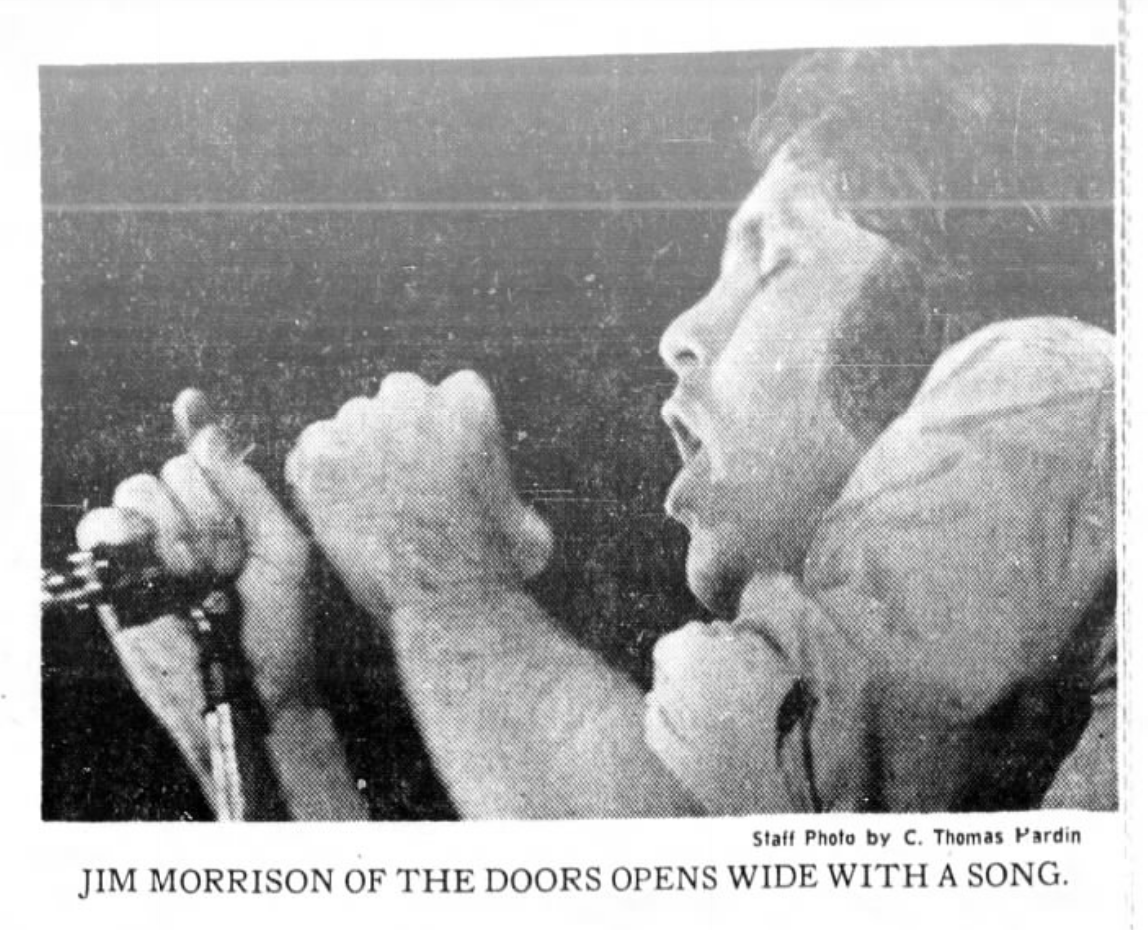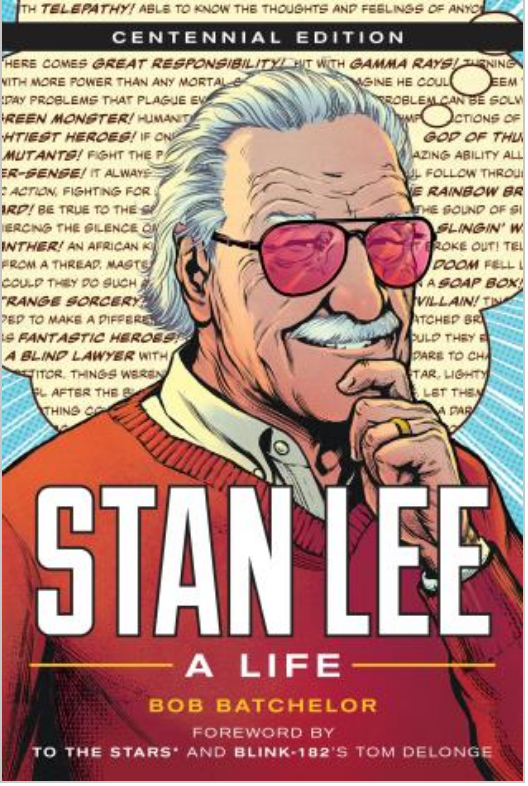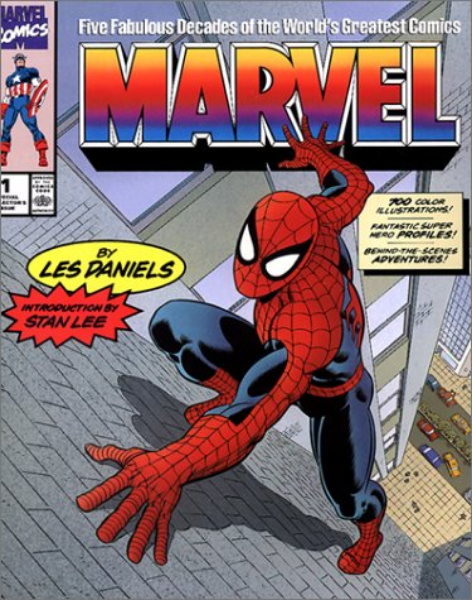With Miami Indecency Trial Looming, Jim Morrison Arrested on Flight and Faces Federal Charges
Jim Morrison couldn't stay out of trouble, especially when actor Tom Baker was instigating. They got really drunk and rowdy on a flight to Phoenix to see the Rolling Stones, but instead, got arrested and in serious jeopardy when charged with felony offenses.
Jim Morrison -- Arrested Again
Between March 5, 1969, when acting Miami police chief Paul Denham took warrants out on Jim, and the start of the trial on August 10, 1970, the federal government, the state of California, and the state of Florida tried several legal maneuvers to get the Doors front man to submit. At the same time, Jim’s attorney, Max Fink, fought these efforts, including filing several motions to dismiss the case.
"Too High in Sky" -- Jim Morrison Arrested & Jailed in Phoenix
While the wrangling sped along, Morrison’s personal life continued to unravel. He was arrested twice more in that seventeen-month span, first in November for causing a disturbance on a flight and then later the next August for public drunkenness in West Hollywood (when a sixty-eight-year-old woman found him sleeping on her porch and called police). According to Ray Manzarek, "Between Miami and Phoenix, Jim was facing a maximum of over thirteen years in prison."
"Between Miami and Phoenix, Jim was facing a maximum of over thirteen years in prison."
— Ray Manzarek
For more great stories, interesting analysis, and an in-depth look at the Doors and Jim Morrison, check out Roadhouse Blues: Morrison, the Doors, and the Death Days of the Sixties (Hamilcar Publications)
Roadhouse Blues by Cultural Historian Bob Batchelor



















